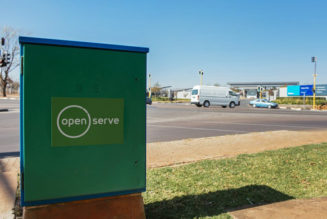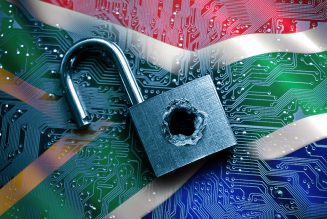A RAID (Redundant Array of Inexpensive – or Independent – Disks) is a specialized hardware configuration that offers a tremendous amount of versatility in its usage.
Generally used for data storage and, more specifically, to achieve data redundancy, it’s useful in applications that require a large amount of data – such as surveillance.
While full-scale surveillance systems were once reserved for large businesses and enterprises, their affordability, as well as the affordability of modern hard drives, now makes them a viable option for home use, too.
But a digital home surveillance system requires a lot of data storage space as well as routine management and maintenance of that data – and that’s exactly where RAID comes in.
RAID Configurations for Surveillance Data Storage
Let’s face it: there are a number of different RAID configurations to choose from. But how do you know which one is right to store the data from your surveillance system?
Generally speaking, it’s best to avoid the first two levels of RAID 0 and RAID 1. Since the former doesn’t provide any sort of data redundancy at all, it’s basically useless for the purpose of protecting your surveillance data.
Next up is RAID 1. This is slightly more useful since it provides data mirroring, but that just writes the same data across multiple hard drives. As such, it’s not a cost-effective solution when it comes to data redundancy.
This really leaves us with three potential choices:
- RAID 3: This RAID configuration uses data striping to store data across a minimum of three different drives. While this rarely results in lost data, as that would require multiple disk failures simultaneously, the technical complexities involved in setting up a RAID 3 configuration means that most users ignore it in favour of RAID 5 or RAID 10.
- RAID 5: Considered to offer the best balance of system performance data protection, RAID 5 uses three or more hard drives to store data and parity information across the entire array. If one drive fails, the data can usually be recreated immediately and seamlessly.
- RAID 10 (or RAID 1+0): One of the newest RAID configurations, RAID 10, also known as RAID 1+0, is quickly growing in popularity. Since it uses both data mirroring and data striping, users can benefit from improved data redundancy and system speed. Unfortunately, the fact that it uses mirroring is cost-prohibitive in many cases.
While it’s really up to you – and your budget – to make the decision, most users opt for RAID 5 when configuring their system for digital surveillance.
Although it still requires three or more hard drives, the data isn’t simply being mirrored across all drives; so you’ll still be able to benefit from the storage capacity of every drive in your array.
Now that you have a better idea of the various RAID levels and how they function, it’s time to maximize the effectiveness of your surveillance system with RAID-based data management and protection.
It doesn’t matter if you’re a home user or if you’re tasked with securing a business, a proper RAID configuration can help keep your data safe, secure and organized.
By Staff Writer.








